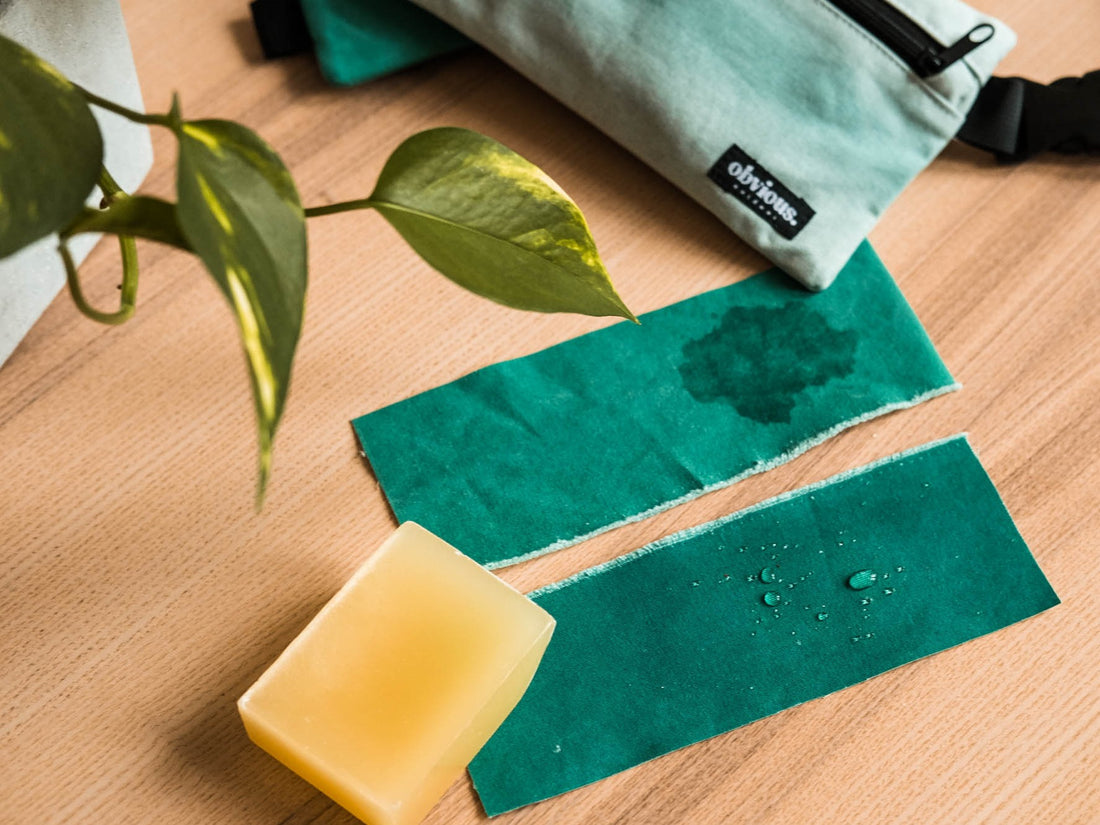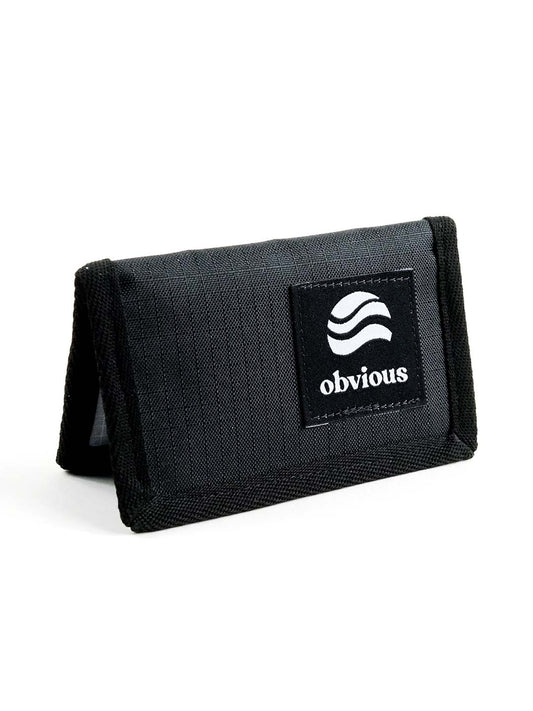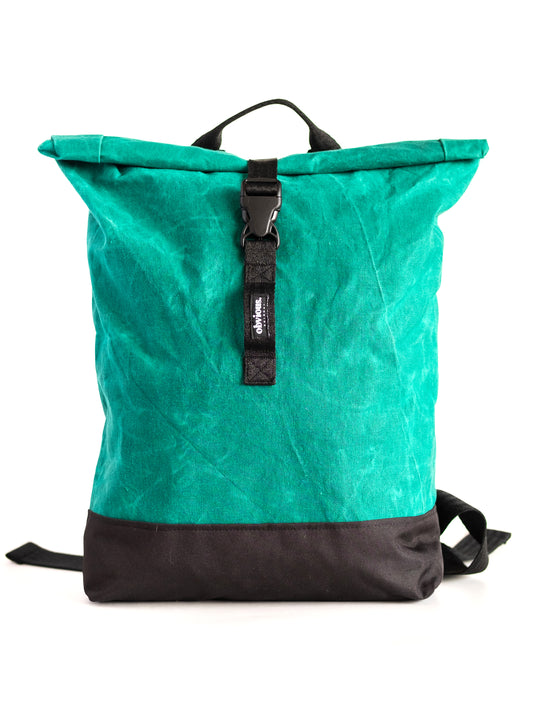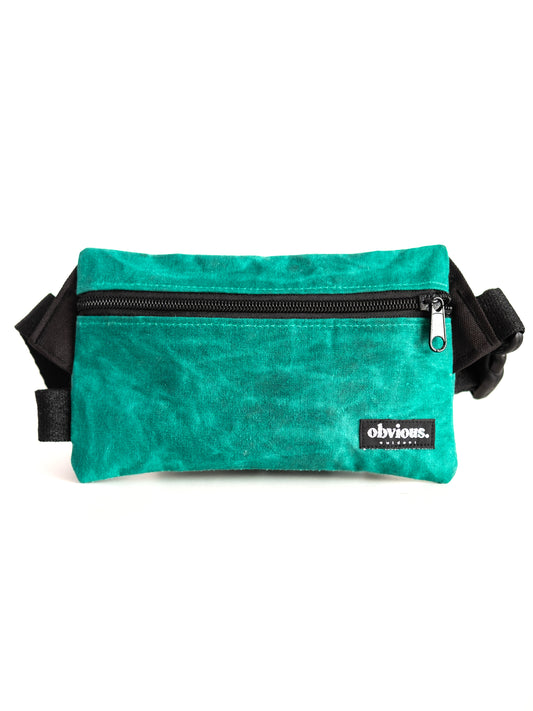IWATO is the name of our first collection of products. It is short for 'I was a tent once'. All of the IWATO products are made from the fabric of old scouting tents. This fabric is very thick, tightly woven cotton.

Naturally waterproof
The scouting tents that are used for our products are waterproof, but probably not in the way you are used to. If you have slept in one of those tents, you probably have noticed that the outer fabric gets soaked after a rain shower, but for some magical reason the rain doesn't go through. That's because the fibers in the fabric absorb the water and start to swell. In this way they fill up all the gaps in the weave, preventing additional water from seeping through, thus making it waterproof.
So why would you wax it since the fabric already is waterproof? A bag is not a tent, let me explain. Because the fabric needs to be soaked to release its waterproofing capabilities, everything that touches the fabric will get wet too, or at least moist. Of course it's not the end of the world when your wallet gets a little damp. But it's not ideal.

The water is absorbed by the cotton fibers, it swells and becomes waterproof (back). The waterdrops stay on top of the waxed fabric (front).
Water repellent fabrics from cotton and wax
By applying a layer of wax to the cotton fibers, they no longer absorb water, but instead repel it. Cotton or canvas have a long history of being treated with wax or oil to make them water repellent. These fabrics are often referred to as 'oilskin' or 'waxed canvas'. When a water droplet hits such fabric, it rolls or bounces off without any chance of getting through. The first versions of the famous yellow sailing coats we know today were made from oilskin and they could withstand big storms, protecting its wearer from getting wet.

Our waxed fabrics
The waxed fabrics you can find in our products are not as waterproof as oilskin. Because we apply wax to the finished product instead of the yarn (before weaving) the wax cannot penetrate as deep into the fabric. As a result the water repellent properties of our waxed fabrics are slightly less exciting than the ones listed above. But don't worry, as long as you don't throw your backpack in a river it will work just fine. And when it rains, the raindrops will still just roll off.
On some of our products, like the backpack, waxing is included in the standard package. For other products, like the hip pack, it comes as a separate option for a small fee.
It is recommended to re-apply wax to waxed fabrics once in a while to guarantee its water repelling features. Once a year would suffice in most cases, but consider doing it more frequently for products you use on a daily basis. You can do it yourself or you can come to us to do it for you, contact jef@obvious-outdoor.com to make an appointment.

Standard versus waxed?
There is not one correct answer if you ask me to compare the two. What you choose heavily depends on the product, how you use it and your expectations. For some products, where there is a clear better option, like the wallet or the backpack, I made that choice for you. But for the hip pack for example, it really depends on what you want. The small bag doesn't catch a lot of rain, and the standard version keeps most of it out, so in most cases I would recommend the standard option. But if you really don't like the idea of your smartphone or wallet being near wet fabric, or if you like to wear it in challenging weather conditions? Then I would definitely go for the waxed version, but don't forget to re-coat it once in a while.




